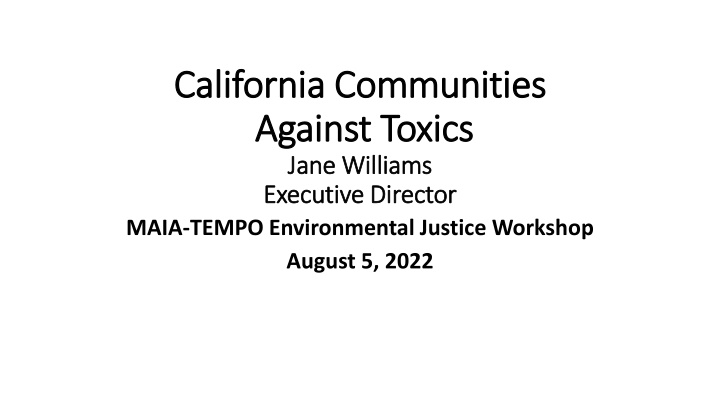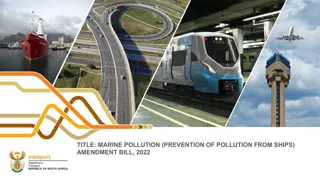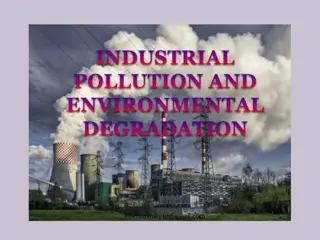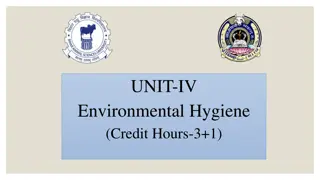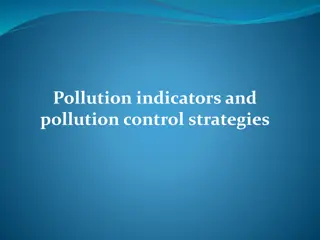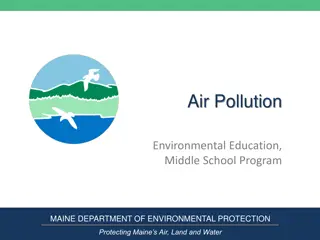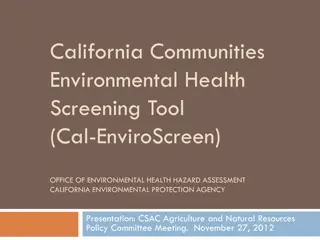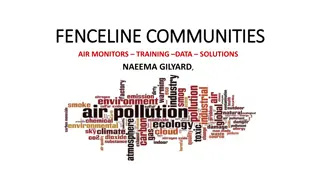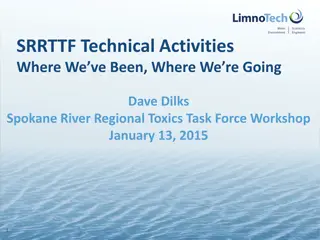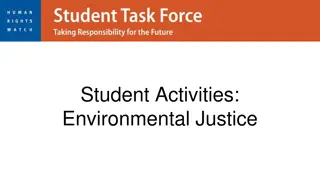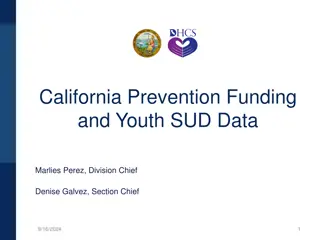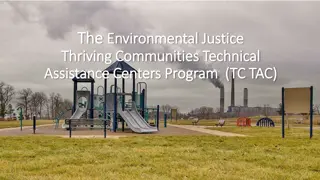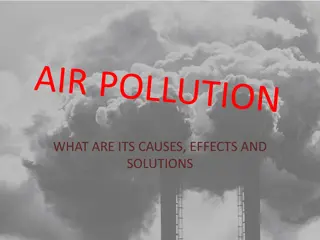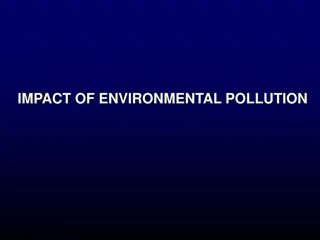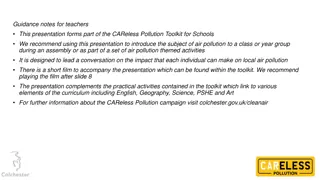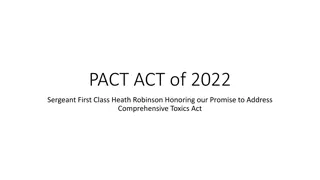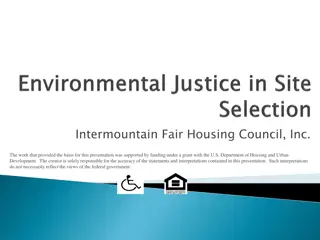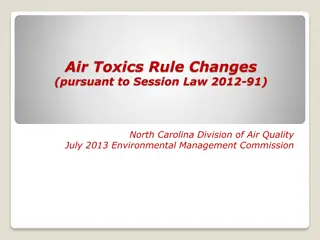California Communities Against Toxics: Advocating for Environmental Justice and Pollution Prevention
California Communities Against Toxics, led by Executive Director Jane Williams, works on reducing pollution and advocating for environmental justice. They focus on air pollution from various sectors and use data tools like satellite monitoring to track compliance with air quality standards. Their community-based approach supports high-impact areas across California.
Download Presentation

Please find below an Image/Link to download the presentation.
The content on the website is provided AS IS for your information and personal use only. It may not be sold, licensed, or shared on other websites without obtaining consent from the author.If you encounter any issues during the download, it is possible that the publisher has removed the file from their server.
You are allowed to download the files provided on this website for personal or commercial use, subject to the condition that they are used lawfully. All files are the property of their respective owners.
The content on the website is provided AS IS for your information and personal use only. It may not be sold, licensed, or shared on other websites without obtaining consent from the author.
E N D
Presentation Transcript
California Communities California Communities Against Toxics Against Toxics Jane Williams Jane Williams Executive Director Executive Director MAIA-TEMPO Environmental Justice Workshop August 5, 2022
Our mission: Our mission: To Reduce Pollution Pollution Prevention Advocating for Peace Environmental Justice
Our area of interest We work on state, national and international issues. We recently worked on the Public Health Air Quality Management Act which would mandate USEPA use satellite data to better regulate high pollution areas in the nation. TEMPO will collect data inside the TEMPO box on this figure MAIA target areas Alameda Corridor PM 2.5 Levels
Our community/communities We work with communities affected by air pollution in highly impact areas across California. We provide technical expertise to communities across the country on air pollution monitoring with community based monitors, NCORE, BAMs, SLAMS, and fenceline monitoring for air toxics. We work to reduce air pollution and criteria pollution from the petrochemical sector, mining sector, energy sector, and large stationary sources of air pollution with our environmental justice partners across the country.
Our work on air pollution Chrome Platers Lead Smelters Copper Smelters Refineries Chemical Manufacturing Facilities Storage Tanks for Petrochemicals Oil and Gas Infrastructure Power Plants
The data and tools we use We constantly watch fenceline monitoring technology and methods for air toxics, especially for ethylene oxide, benzene, lead, chloroprene, and hexavalent chromium. We are starting to work on epichlorhydrin, an emerging super toxic hazards air pollutant. We advocate for the use of satellite monitoring to identify areas of the country that are not in compliance with the National Ambient Air Quality Standards.
Using new data: the process Applications for satellite monitoring would be enhanced if we had data that would be more user- friendly for the public and the advocacy community. We are interested in using satellite data to track compliance with the NAAQS. We advocate for the use of the satellite data by our local, state, and federal air quality agencies to help improve air quality.
